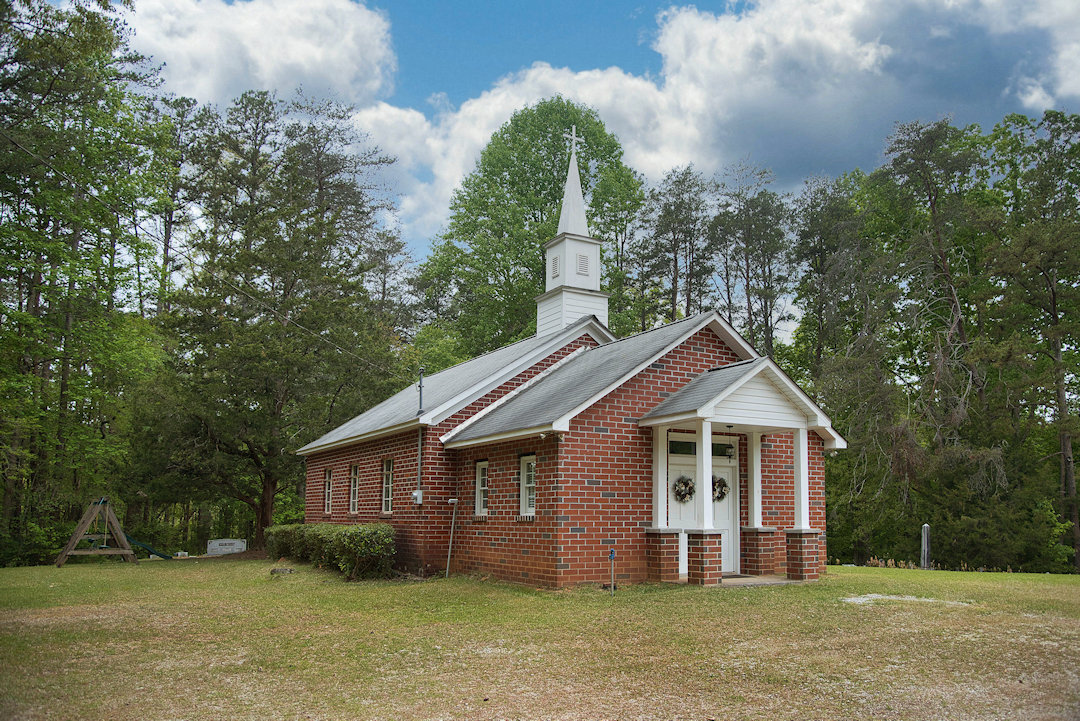
It’s not unusual to find old cemeteries stretched beyond the boundaries of their more formal current configurations, and in the woods around historic Providence Methodist Church near Traveler’s Rest there are many vernacular headstones scattered along the fringes.

It’s safe to presume that these are among the oldest memorials in the cemetery, which dates to 1857. Local stone, be it granite, gneiss, or something similar, was readily available in the creeks and valleys near Providence, and as such was the logical material for marking the final resting places of some of its earliest members.

The marker pictured above is a great example of such a stone. Many were placed “as-is” but this one appears to have had a bit of finishing.

The Robinson family plot contains the most significant vernacular marker at Providence. Two of the three gravestones are slightly stylized, as as seen in this view, and contain text on the back side, although it’s nearly unreadable now.

The most important Robinson marker is this “Tree of Life” marking the grave of a toddler, M. B. Robinson. Findagrave identifies it by the name on the stone, which is Robson, but I believe this to be a phonetic spelling, since the more modern gravestone in the plot spells the name “Robinson”. We may never know much about these people, but they left behind a beautiful work of art with this enduring piece of folk art.

